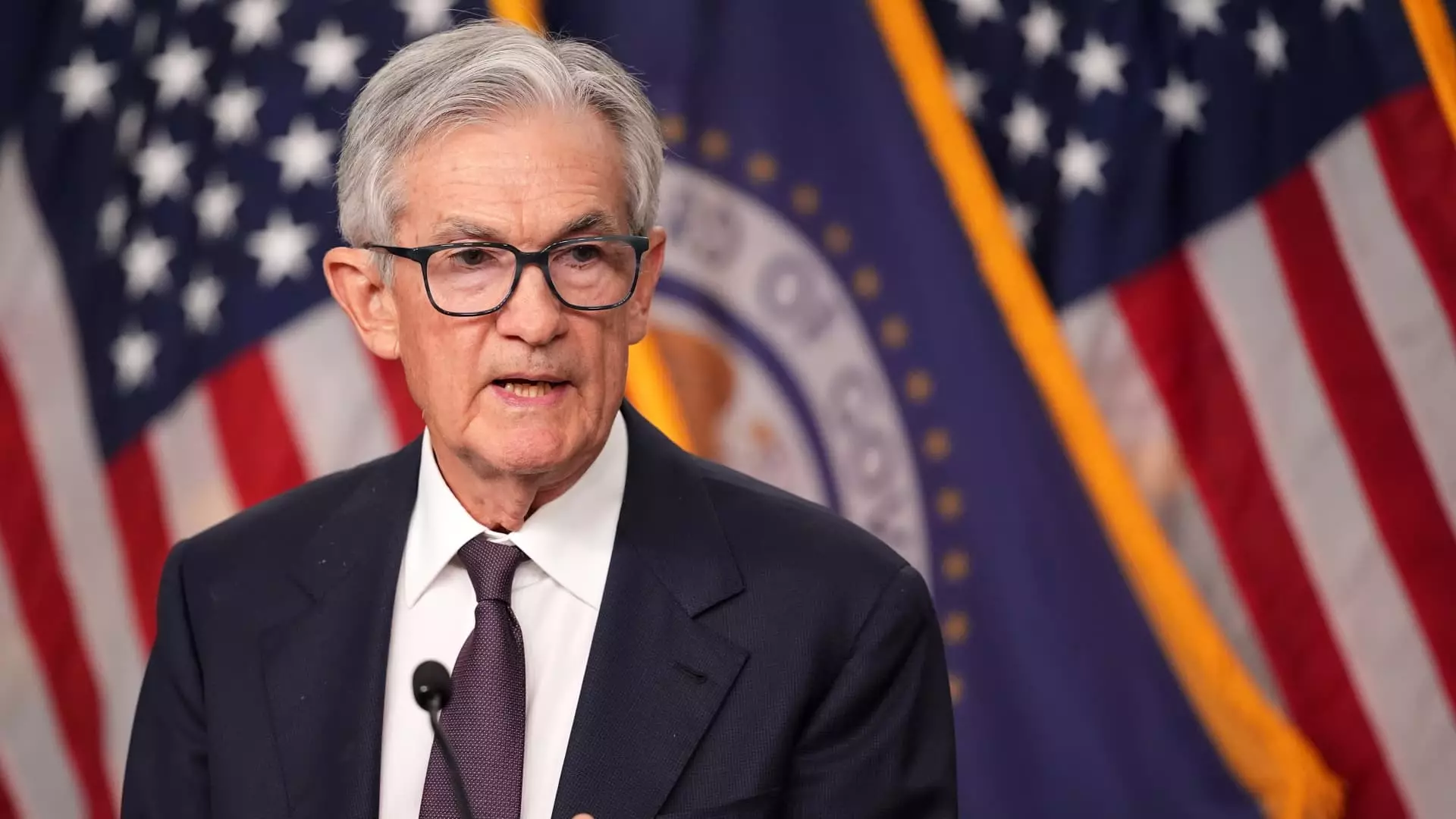In the midst of a complex economic landscape, the Federal Reserve finds itself at a precarious crossroads. The minutes from their May 6-7 meeting reveal a palpable tension among officials grappling with rising inflation and the potential impact of tariffs on an already fragile economic recovery. This offered a stark reminder that the Fed’s primary objective—achieving stable prices and maximum employment—is increasingly entangled with the uncertainties of global trade and domestic fiscal policies. The Fed’s predicament underscores the reality that policymakers are left to tread water in a sea filled with regulatory turbulence, tariffs, and political upheaval.
Officials expressed concern about the unintended consequences tariffs could unleash, specifically their propensity to aggravate inflationary pressures. The decision to keep interest rates in a stable target range of 4.25%-4.5% reflects a commitment to pause and reassess. This cautious approach is indicative of a broader strategy not to rush into drastic measures without clearer insights into the complexity of current economic realities. The language from the meeting minutes—highlighting rising uncertainty and tradeoffs—exemplifies the Fed’s awareness of the delicate balance they must strike.
Inflation: The Dog That Barks Loudest
Despite rising worries, there remains a note of optimism about economic growth and a labor market that, while showing signs of strain, is still deemed “broadly in balance.” However, the stark observation that inflation might not recede as anticipated looms large. The phrase “solid economic growth” seems almost naive when juxtaposed against the shadow of persistent inflation. It becomes clear that the relentless pressures on prices could overshadow gains in growth, revealing a potential misalignment in fiscal strategy. The worry that inflation could become a stubborn adversary provokes a crucial question: How long can the Fed maintain this balancing act without yielding to the inevitable shifts in economic sentiment?
Furthermore, continuous consumer spending presents a paradox. On the one hand, it hints at enduring resiliency in the economy; on the other, it could be a ticking time bomb if inflation continues to outpace income growth, especially for lower-income Americans. The Federal Reserve must also consider that robust consumer behavior can swiftly turn sour if economic conditions worsen, leading to questions about the sustainability of any current growth narrative.
The Politically Charged Climate
Political dynamics further complicate the Fed’s decision-making process. Traders anticipate that the institution will remain immovable on rates until it gains greater clarity regarding fiscal and trade policies. This expectation highlights a shift in market sentiment as officials grapple with external pressures exerted by political figures, including President Trump, who aggressively lobbies for rate cuts in the face of inflation concerns. The Fed’s steadfastness, as demonstrated by Chairman Jerome Powell’s resistance to political intrigue, is commendable yet raises questions about the institution’s independence. The Fed’s commitment to insulated policy-making could be challenged in an era characterized by heightened political scrutiny and intervention.
Moreover, discussions surrounding the Fed’s inflation-targeting strategy signal a deeper concern as trade wars generate volatility in economic projections. The notion of allowing inflation to hover above the 2% target as a means to promote job growth seems increasingly impractical. With inflationary shocks lurking and rates not at zero—contrary to the post-2008 landscape—the current framework may need re-evaluation to better withstand unpredictable global economic currents.
The Road Ahead: Caution or Aggression?
As the Fed navigates these turbulent waters, the road ahead remains fraught with uncertainties. Their strategy of cautious waiting may provide critical insights into the complexities of current economic challenges, but it might equally risk stagnation. The trade-offs they face—balancing inflationary pressures while fostering employment—pose a challenge that requires both agility and foresight.
In this dance with economic forces, the Federal Reserve must not only decipher when to act but also how to maintain its credibility amidst a cacophony of conflicting influences. The challenges are indeed formidable, but the path chosen today will shape the financial landscape for years to come, anchoring or potentially destabilizing the nation’s economic course. As the specter of inflation and tariffs hangs overhead, the Fed stands as a beacon—its decisions critical in determining whether this economic storm will dissipate or escalate into a tempest.

Leave a Reply